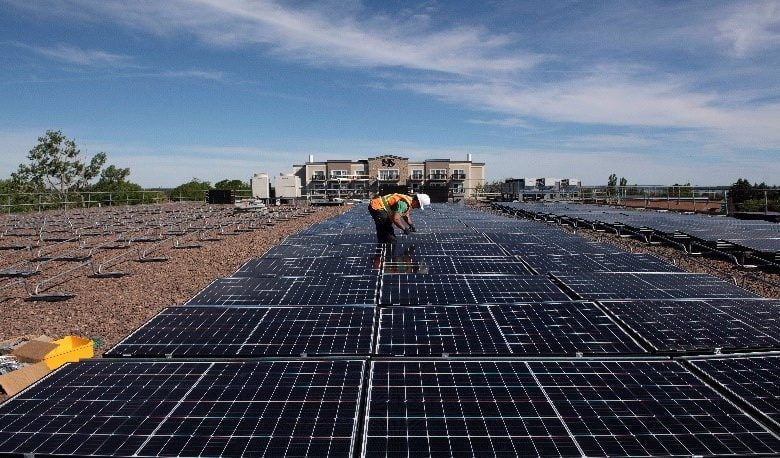Canada increases its exports of energy products

Canada achieved a growth of 61.7% year-on-year in its exports of energy products in 2021, to 143,671 million dollars, reported Statistics Canada.
With this, the country broke a record in this indicator, exceeding the figure of 124,541 million dollars in 2019, the previous historical maximum.
In general, Canada is one of the world’s leading countries in the use of renewable energy: hydroelectric, wind, solar, biomass, along with significant developments in geothermal and marine energy.
Canada’s total product exports were $630.871 million in 2021, so its foreign sales of energy products comprised 22.8 percent.
According to the US Department of Commerce, Canada is among the top countries in the world that rely predominantly on clean hydropower.
In 2020, the composition of electricity generation was hydraulic (60%), nuclear (14.6%), coal (12.7%), natural gas (6.6%), wind (5.7%) and solar (0.4 percent).
While coal-fired power generation has been phased out in Ontario and Quebec, systems in British Columbia, Manitoba, Newfoundland and Labrador, Prince Edward Island, and the Yukon rely on hydropower for 89 to 95 percent of power generation.
Alberta and Saskatchewan are the only provinces that rely primarily on fossil fuels (over 83% of generation).
Energy products
The US Department of Commerce highlighted that renewable energy in Canada accounted for approximately 66% of total electricity generation in 2020.
According to the Canadian Energy Regulator (CER), renewable energies such as wind, biomass, geothermal and solar are projected to reach 12% of total energy generation by 2035.
Canada ranks as the second largest renewable energy market in the United States, after Mexico.
Wind is Canada’s second largest renewable energy source (after hydroelectric).
Canada is the second largest country in the world, with an area of 9 million 984,670 square kilometers, of which about 891,163 square kilometers are covered by fresh water.
Occupied agricultural land is about 7% and commercial forest land is about 30% of the total area.
Canada has continued to work towards implementing its goals of achieving freer trade and more open markets based on internationally agreed rules and practices at the multilateral, regional and bilateral levels, and is the only G7 country to have concluded trade agreements with all other G7 countries.
![]()

